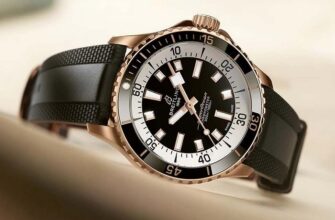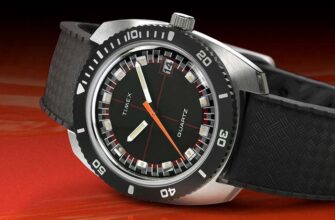Today we’ll talk about what types of watches there are. In fact, the classification is very, very extensive. However, we will focus on the most popular mechanisms that are used in our time.
So, depending on the place of installation or wear in the XNUMXst century, the following watch models are most common:
- wall-mounted;
- floor;
- desktop;
- wrist.

The most popular in home interiors are Wall Clock, which is completely logical: such an accessory can be used as a fashionable modern decor, both for a huge house and for a small apartment. It takes up little space, doesn’t bother anyone and looks very beautiful.
Wall clocks are a universal gift for friends, acquaintances or relatives for almost any occasion.
Grandfather Clocks are less popular because they have dimensions comparable to the size of a small cabinet and require a large amount of space in the room. They are typically used for either ornate offices, law offices or business lounges.
Interest in table clocks was lost at the end of the XNUMXth century and the beginning of the XNUMXst century after the birth of mobile phones, computers and other gadgets, without which we cannot imagine our existence today. The reason is the most banal - now almost no workplace can do without a PC, on the desktop of which the correct time is always displayed. However, table clocks also have a place in the modern world, although not as a mechanism, but as an accessory.
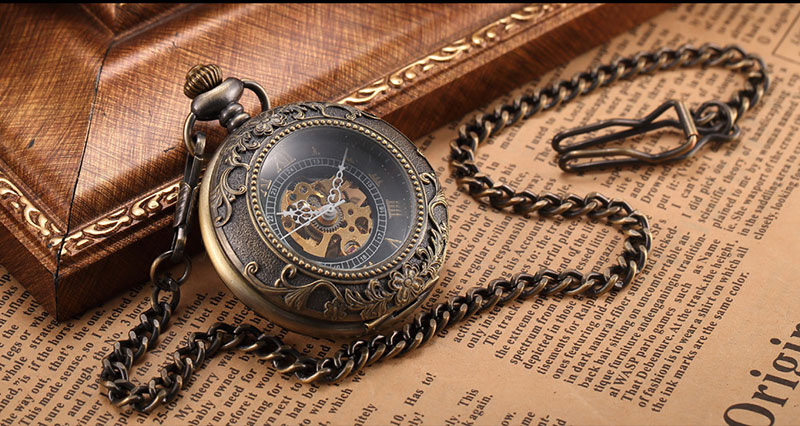
Pocket watches and watches worn around the neck instead of pendants lost their former power in the last century. Many people inherited beautifully designed pocket watches from their grandmothers and great-grandmothers, but today they are used mainly for social parties, business corporate events, etc., in order to walk their jewelry with dignity and style, but certainly not as a device for telling the time.
And, of course, wrist models, which today have a number of useful bells and whistles: a stopwatch, an alarm clock, a chronograph function, etc. Some prefer just such expensive, intricate models, while others simply prefer grandfather’s or even great-grandfather’s old, but memorable commander’s watch.
Separately about the watch on your hand
We list the types of wristwatches for men and women, classifying them according to the main types of watch mechanisms:
- mechanical;
- quartz;
- electronic.
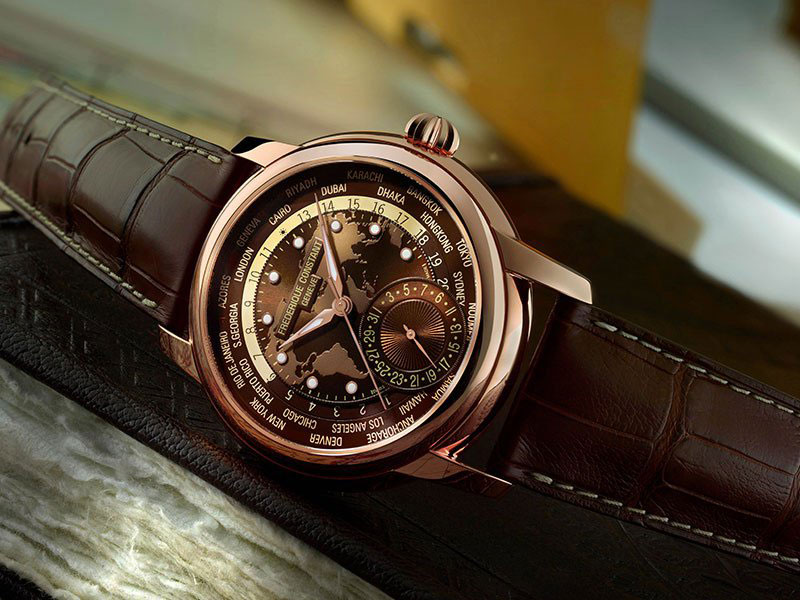
It is believed that the mechanics are less convenient to use, so they are used less often. However, if a man wants to look prestigious and status-worthy, then, of course, he will wear mechanics to an important meeting.
Quartz models are considered more durable. They are developed to suit any taste, design and operating conditions.
And recently, electronic toys with heart rate/pressure measurements, GPS sensors and other smart components have become at the peak of popularity.
Unusual watch
Now let’s look at devices that are slightly popular, but remain very interesting. We include:
- Sunny.
- Mercury.
- Sand.
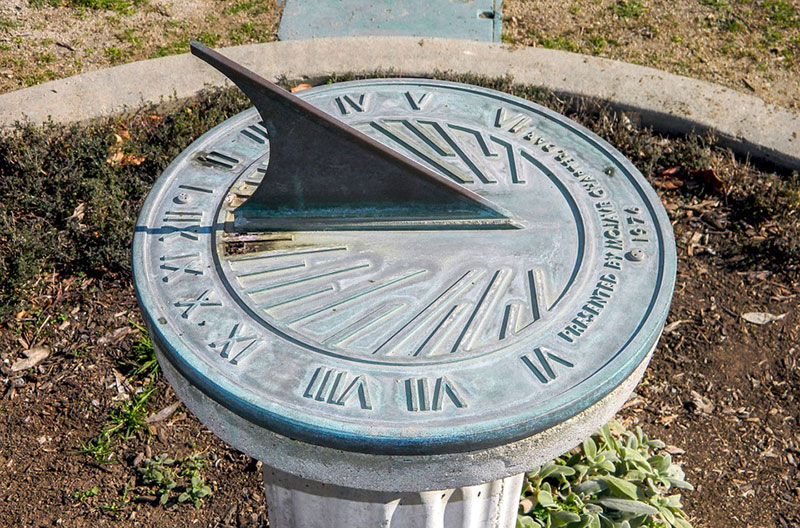
Horizontal sundial have an unusual shape, they consist of:
- an unevenly marked dial that is parallel to the horizon,
- gnomon (vertical protruding part) from which a shadow falls.
You can find many interesting examples of such devices in Moscow, for example, on the pedestrian alley in front of the Memorial Museum of Cosmonautics.
Did you know that each sundial is created for a specific specific area according to the route of the Sun. It is for this reason that such devices are very expensive.
With mercury-powered mechanisms mostly big scientists experiment. For example, in America they tested a device whose operation is based on transitions between energy levels of the mercury ion. Mercury clocks have been proven to be the most accurate in the world. For obvious reasons, they were not used in everyday life.
Hourglass are very widely used in medicine, for example, to measure equal time intervals for certain procedures, in cooking, or simply in everyday life. Even mothers fell in love with such simple accessories, for example, so that their beloved child can brush his teeth to the last grain of sand from the flask: it’s easy, simple, and there’s no need to stand over the child’s soul.
Swiss models
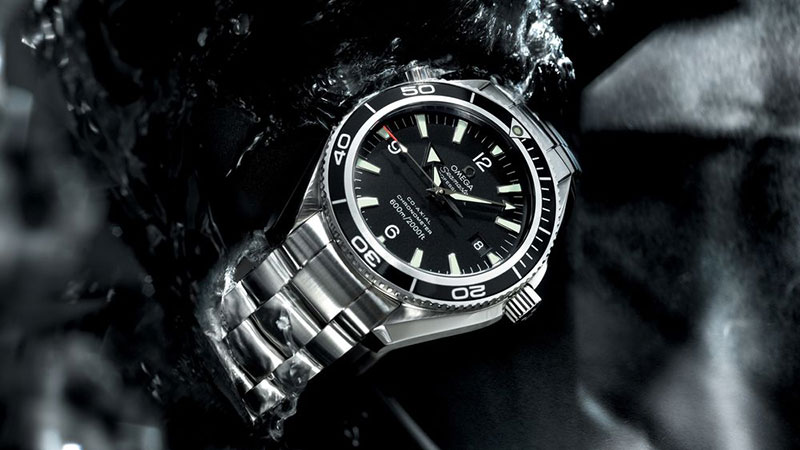
If you are a watch gourmet, then let's look at the classification of Swiss watches depending on the budget that you can spend. If you have more than 1500 euros, then the experts recommend the following brands:
- Omega;
- Rolex;
- Breitling;
- Ulysse Nardin;
- Hublot;
- You sleep.
Familiar names, right? These brands distinguished by worldwide fame and special quality, which has been maintained at the highest level for many years. If you wear such a watch, then no one can blame you for bad taste and lack of style.
The best from 1000 euros:
- Maurice Lacroix.
- Day, this year.
- Longines.
- RADO.
- oris.
And finally, models up to 800 euros:
- Tissot.
- Raymond Weil.
- Alpine.
- MIDO.
Even the inexpensive models listed are distinguished by high Swiss quality and excellent design, which is supported by relevant recommendations and customer reviews.

What is the watch made of?
It is quite natural that each manufacturer brand has its own unique technologies, without which its products will simply lose value. However, it is obvious that there is a certain set of parts without which the mechanism simply will not function properly.
We will not go into details of the composition of the wristwatch, since such information is completely useless to the average user of the accessory, but let’s outline only those details and functionality that the owner can directly see.
Belt performs the task of a fastener that holds the watch on the wrist. Straps are usually made of leather, rubber or rubber. A bracelet is a belt made of metal.
A rotating or fixed ring located along the rim of the glass is called bezel. In some models it is purely for decoration, but the classic function of the rotary ring is to measure time intervals, similar to a timer.
Planck or “horns”, is a ledge on the body that serves to attach a belt/bracelet.
Arrows – indicators of hours, minutes or seconds of the dial.
Have you noticed that: on advertising hands are set at 10:10 or 8:20. All this is to ensure that the arrows do not obscure the brand name and resemble a smiley face, which intuitively contributes to the purchasing power of citizens.
Clock face – the front panel of the watch, on which numbers, divisions, and the brand name are printed. Depending on the purpose of the watch, dials differ in shape, color, design and material.
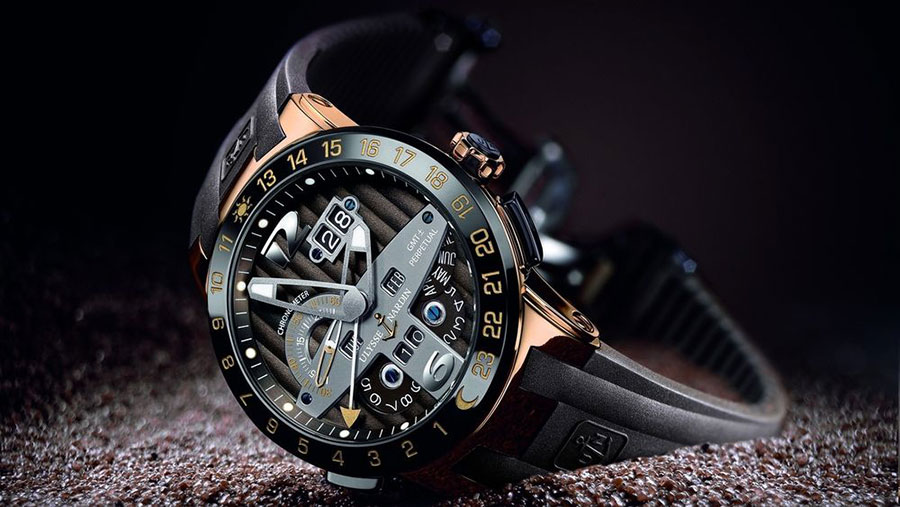
The small window on the dial is called aperture. It is used to indicate additional information, such as the date, month or phase of the moon.
Crown. In mechanical models it is used to wind and adjust the time, while in quartz models it is used to stop the time and then adjust it.
Engine - the mechanism that powers the device. It can be spring or weight-bearing. Wristwatches and pocket watches use a compact spring. The kettlebell motor features precision and long service life; It is used in wall clocks.
Glass - a part that plays the role of a protective part of the dial. The glass can be sapphire, mineral or plastic.
Chassis performs the function of protecting the fragile mechanism from damage. It can be of various shapes and materials.
Chronograph or stopwatch - a watch device that allows you to measure one or more time intervals.

And now a few words about special specimens.
Small sub-dial intended for functions such as chronograph, second time zone or power reserve indicator for mechanics.
Time is measured using buttons located on the side of the dial. Models come with one, two or three buttons.
One button: the first press is to start the countdown, the second is to stop, the third is to reset.
Two-button copy measures several consecutive time periods. The first button is to start the arrow, the second is to slow down the movement. Pressing the second button again is followed by zeroing.
Split chronographs Three buttons measure time intervals that started at the same time and ended differently. The dial has two seconds hands, which are located one above the other. One press of the button launches both hands, a second press decelerates one hand. The second button is the braking of the second arrow. The third button (split system) serves to stop the second arrow the required number of times, while the first arrow continues its movement.
The composition of any other types of clocks - wall, table, etc. - is almost identical to that given in the description. You can find the differences in the mechanisms, in which either increased precision or exceptional design was achieved.

